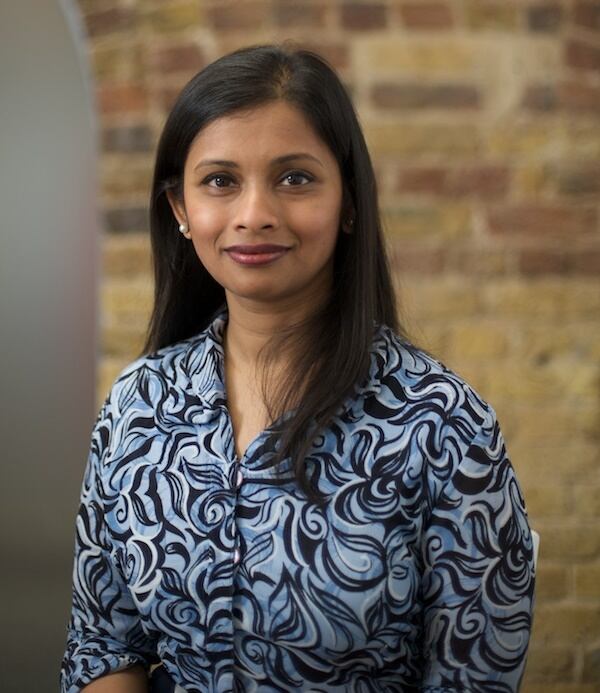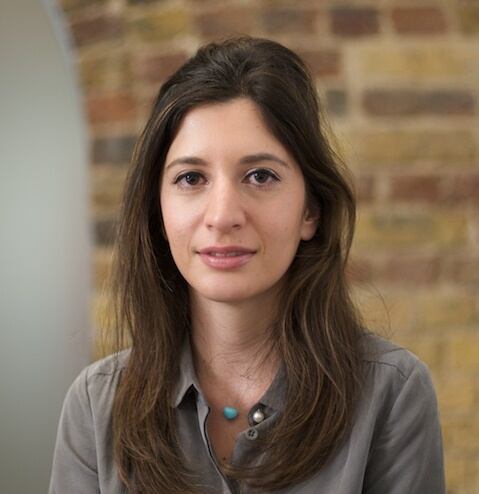After a sit down with analysts Oru Mohiuddin and Nicole Tyrimou, we reveal that it's the 'untapped white space' in the Middle East and Africa that the industry should be watching out for this year in this, the first of a two part special.
Part two will focus on the latest trends revealed in Brazil on Monday.
Middle East and Africa

Despite the slight global slowdown of the beauty and personal care market from 5.8% to 5.4%, the new research pinpoints the Middle East and Africa as one region which has not let up with growth.
Beauty in the region is “relatively a smaller market in comparison to some of the other regional markets, but it’s been recording strong growth and it has not slowed down,” Mohiuddin, senior beauty and personal care market analyst, tells CosmeticsDesign-Europe.com.
The industry expert went on to add that untapped ‘white space’ in both premium and mass categories will allow room for this growth to continue, should the industry leverage the opportunity.
A ‘weird market’

Understanding the varying demands of consumers across the region will prove key to making the most of the opportunities ahead for beauty.
“Within markets like Saudi Arabia, premium culture is quite strong; but then if you look at other African markets, consumption of the staples has potential for greater penetration, like bath and shower, shampoos, and so on and so forth,” observes Mohiuddin.
Fellow analyst at the firm, Nicole Tyrimou, confirmed the need for companies to develop a strong understanding of specific consumer concerns in the region.
“It’s a bit of a weird market, in that it doesn’t follow global trends at all. Religion plays a big part in determining consumer behaviour, along with culture, which is very different, and climate too,” she said.
Across the global beauty market, typically skin care is very robust; but in the Middle East and Africa region, fragrance is the dominant category, followed by colour cosmetics and hair care.
Premium fragrance huge
Up to 2018, the region will see $1.8 billion added to its fragrance sector - the majority of which will be from premium fragrance ($1.3 billion) - which is double that of the following two biggest categories, hair and colour cosmetics.
The analysts single out Saudi Arabia and South Africa as central to the region’s rise, noting this is due to the dominance of premium fragrance in both of these countries.
Indeed, Saudi Arabia is top growth country in the region at 12%, and is set to add a further $1.85 billion to its total beauty market by 2018.
Data launch
This collaboration comes ahead of Monday’s launch, which will include the firm’s annual update of its data, along with new reports, analysis, and multimedia content.
